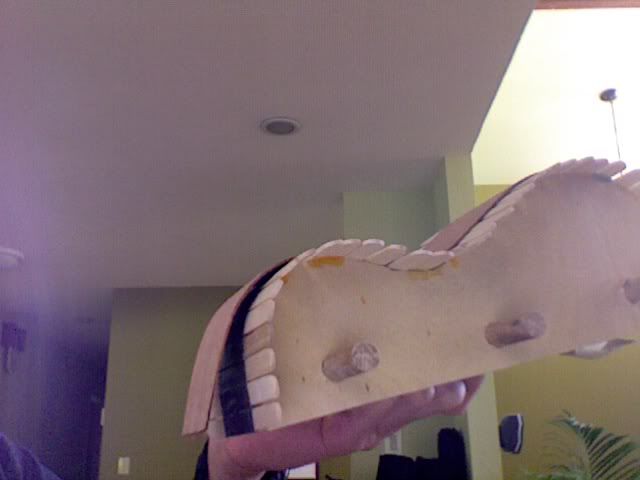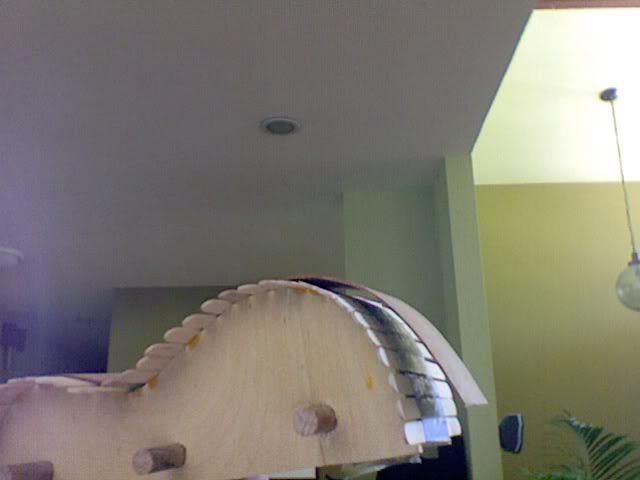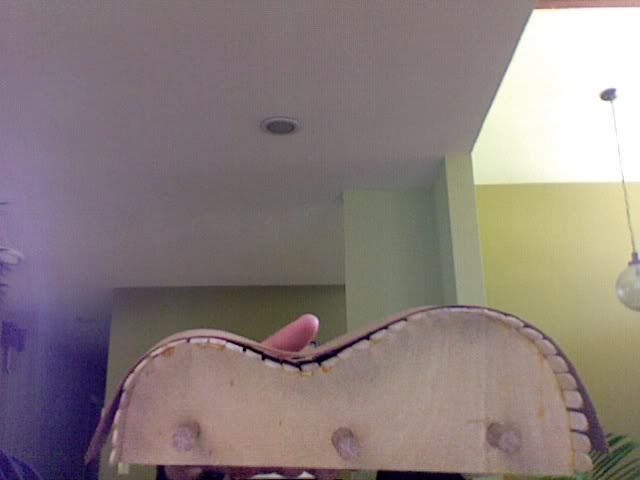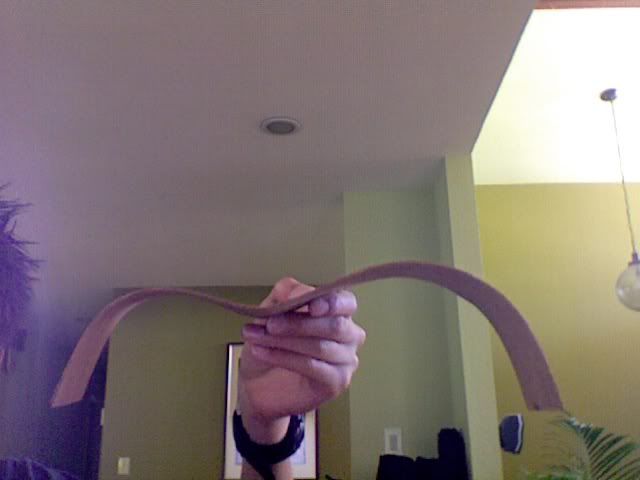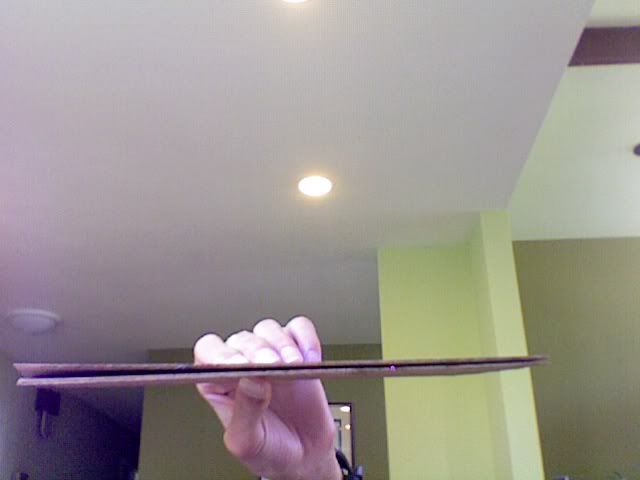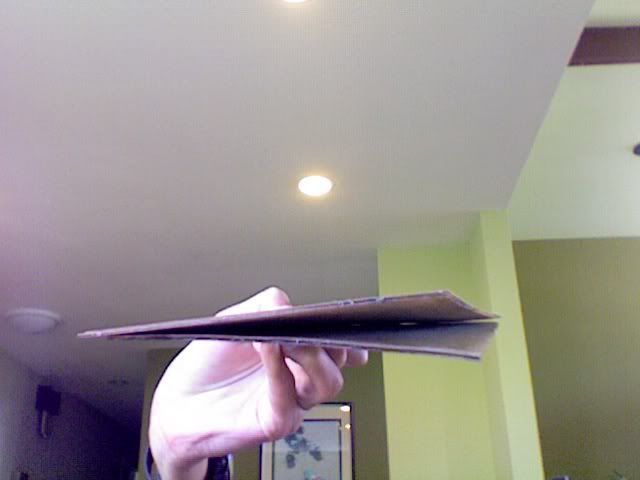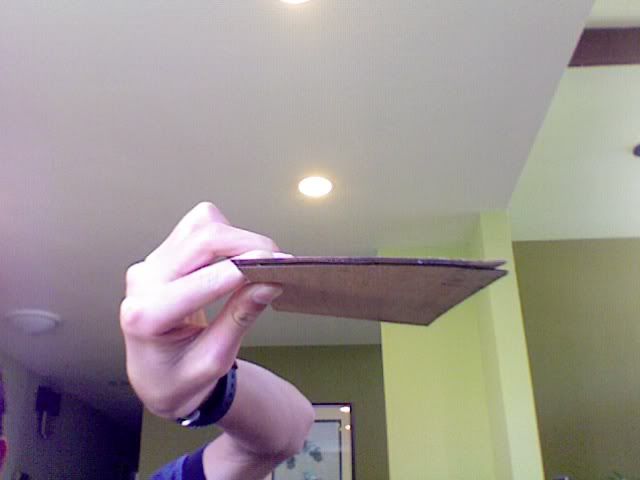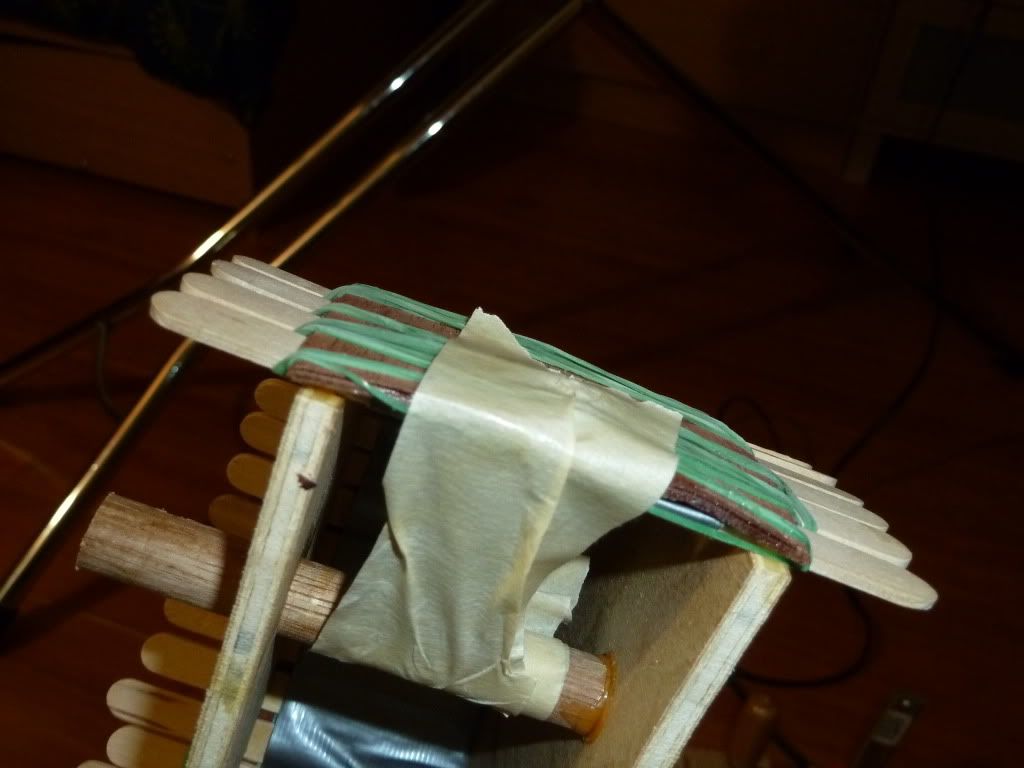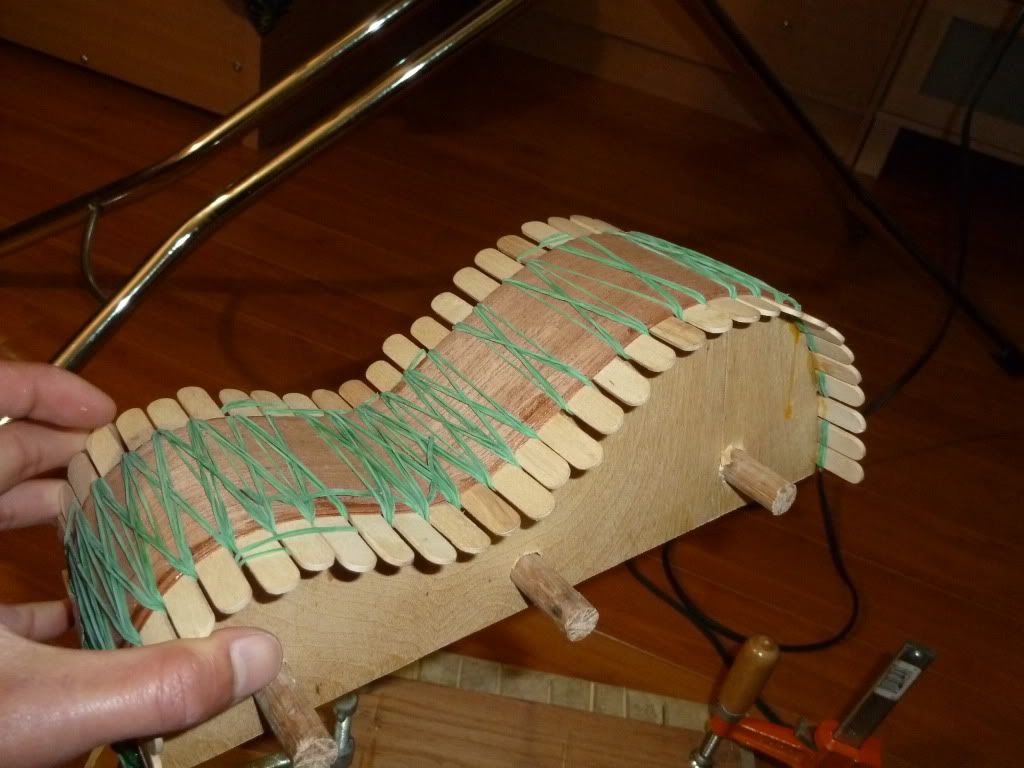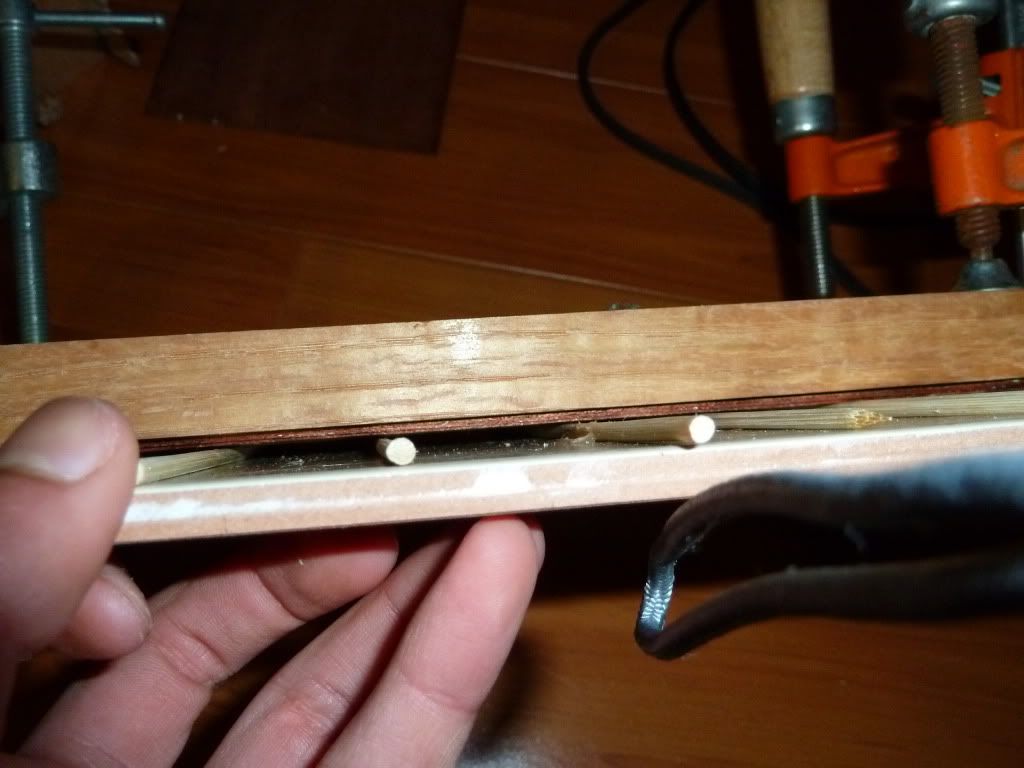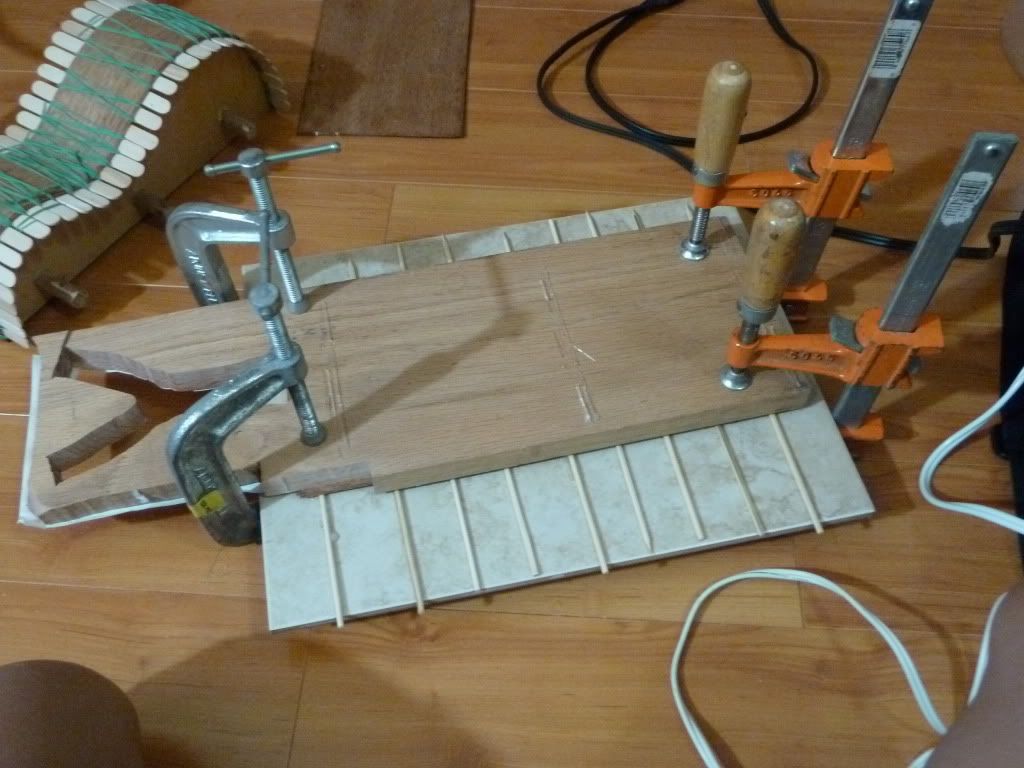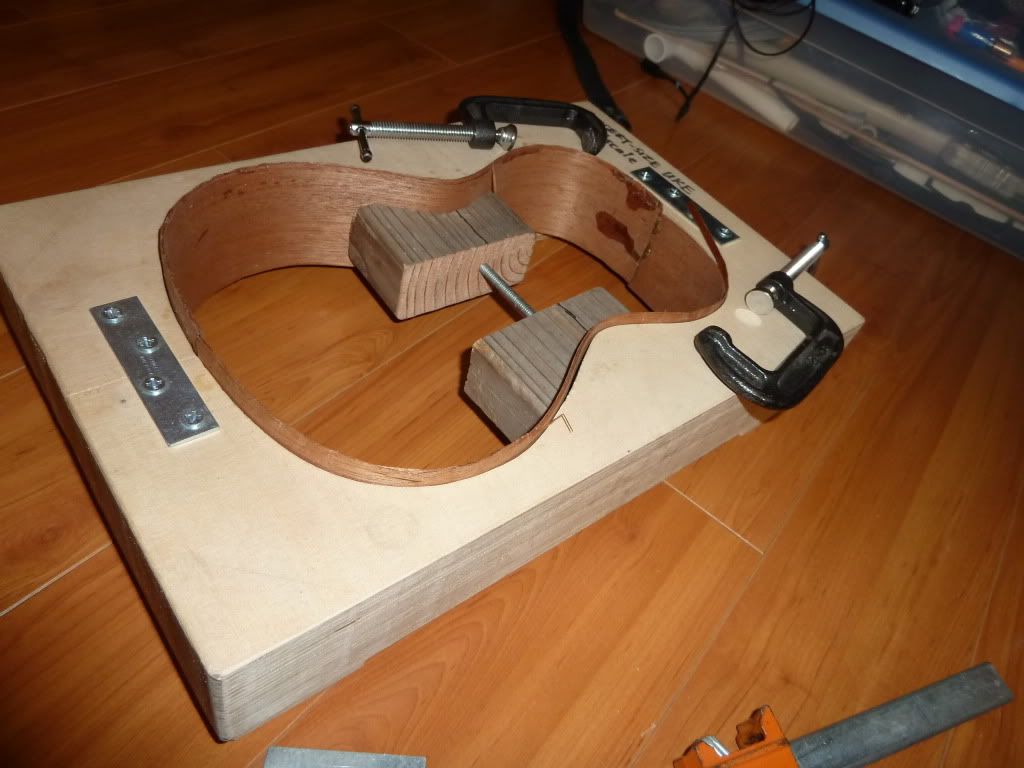Hello UU!
I've been lurking about for awhile now, recently having decided to build my own uke.
First of all, I'd like to give massive thanks to Brad and to Kathy Matsushita (my former English teacher, actually) for their generosity in donating a lot of the materials I'll be using, and also to Brad for sharing his veneer method of building ukes.
Specs of the uke: mahogany veneer sides and back, laminated just like Brad's tutorial, Western Red Cedar top, Bloodwood fingerboard and bridge, bone nut and saddle, machine head tuners, no fancy binding or soundhole inlay (as my first uke), topped with Aquila Nylguts. I'm aiming for a warm (long sustain, mellow, deep tone, not too plinky) sort of tone, something I know which I messed up already by using the Nylguts.
Planning to use it at church (I'm on the worship team) and at my highschool (it's a trend going around, and I'll be the only guy who's made his own uke! Plus, the Christian Club is often in need of musicians for when we're singing songs), and just to express myself musically (Jake Shimabukuro is the bomb!).
I'll be posting pics of the build along the way. Mind you, I might be slow for the next few weeks, as it is AP exam season and I have to study up. Should be finished mid-June, hopefully.
First progress pic: the first 2 veneers for one side are clamped up in the veneer, currently. Many of the rubber bands have been removed from how many were originally on there. Outside (it's dark, no picture, sorry) I have a very crudely clamped back laminate drying up. The other half came out fine (It's a two piece, to be joined), so this should be, too.
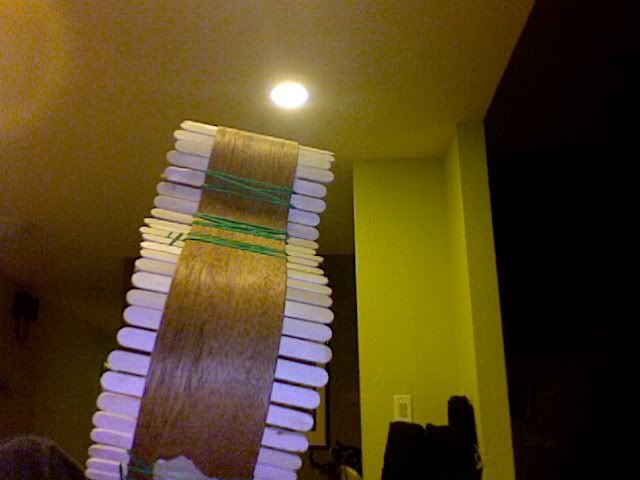
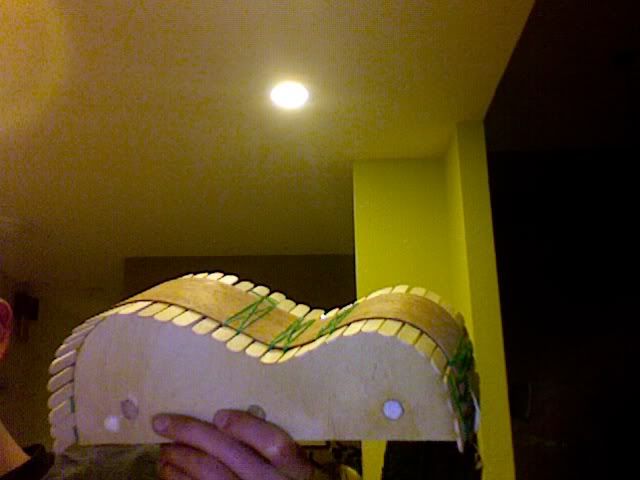
I've been lurking about for awhile now, recently having decided to build my own uke.
First of all, I'd like to give massive thanks to Brad and to Kathy Matsushita (my former English teacher, actually) for their generosity in donating a lot of the materials I'll be using, and also to Brad for sharing his veneer method of building ukes.
Specs of the uke: mahogany veneer sides and back, laminated just like Brad's tutorial, Western Red Cedar top, Bloodwood fingerboard and bridge, bone nut and saddle, machine head tuners, no fancy binding or soundhole inlay (as my first uke), topped with Aquila Nylguts. I'm aiming for a warm (long sustain, mellow, deep tone, not too plinky) sort of tone, something I know which I messed up already by using the Nylguts.
Planning to use it at church (I'm on the worship team) and at my highschool (it's a trend going around, and I'll be the only guy who's made his own uke! Plus, the Christian Club is often in need of musicians for when we're singing songs), and just to express myself musically (Jake Shimabukuro is the bomb!).
I'll be posting pics of the build along the way. Mind you, I might be slow for the next few weeks, as it is AP exam season and I have to study up. Should be finished mid-June, hopefully.
First progress pic: the first 2 veneers for one side are clamped up in the veneer, currently. Many of the rubber bands have been removed from how many were originally on there. Outside (it's dark, no picture, sorry) I have a very crudely clamped back laminate drying up. The other half came out fine (It's a two piece, to be joined), so this should be, too.



